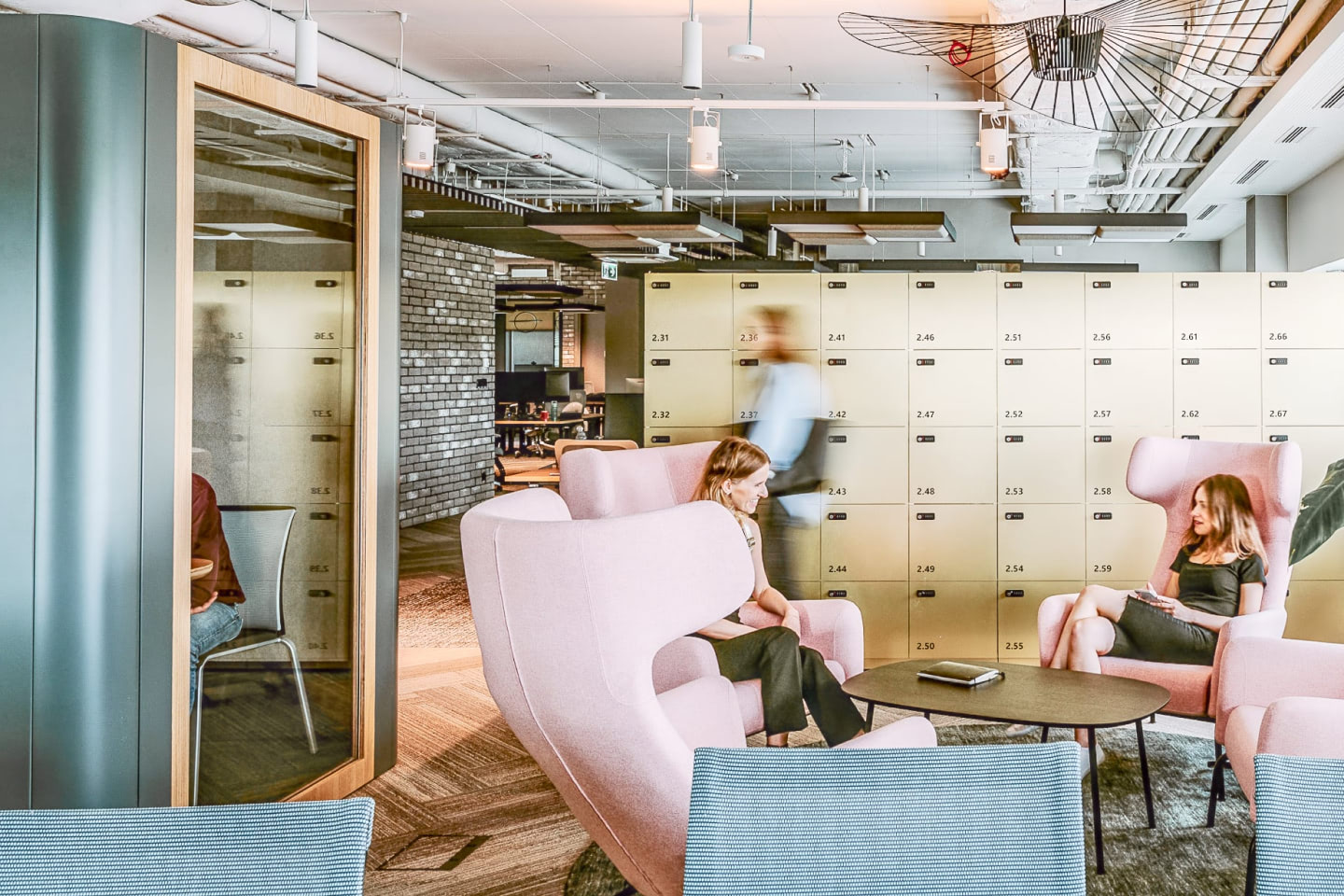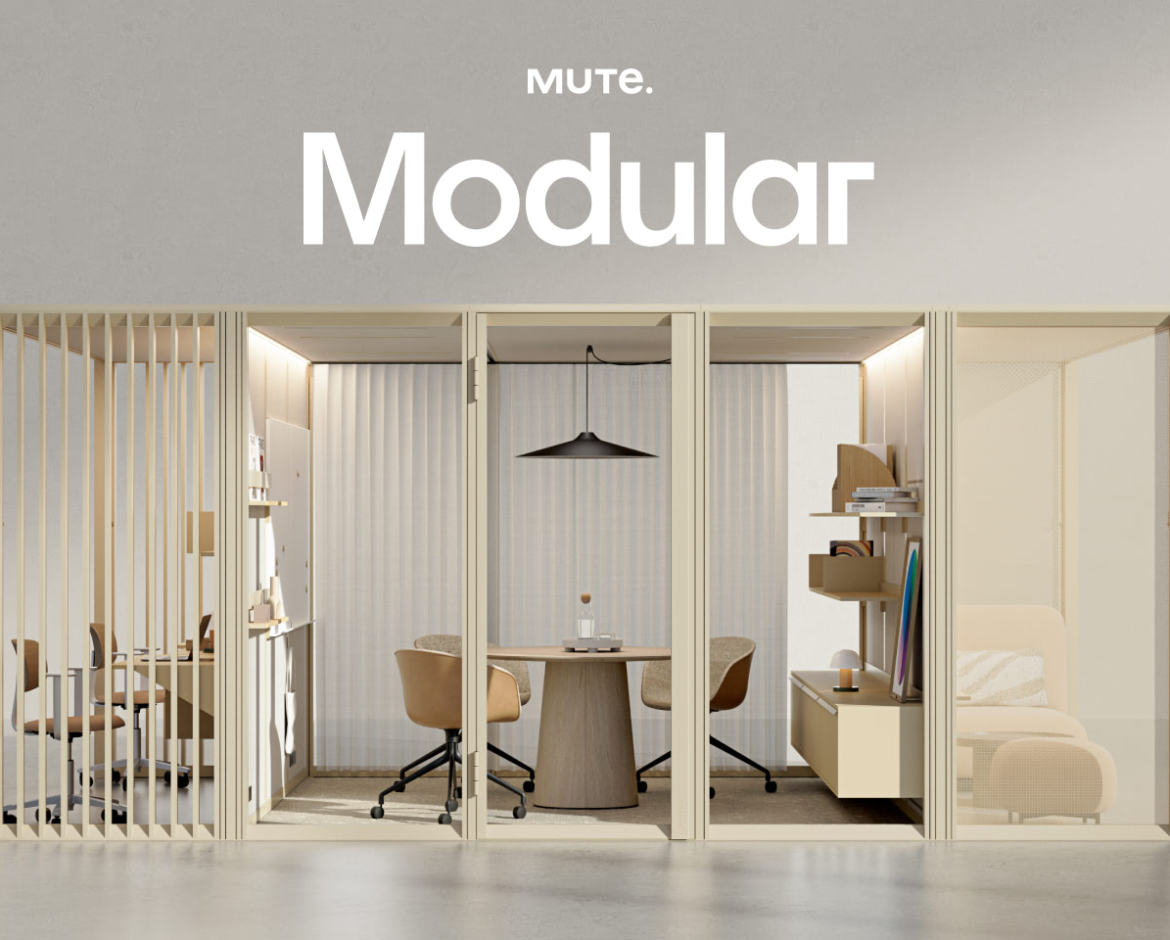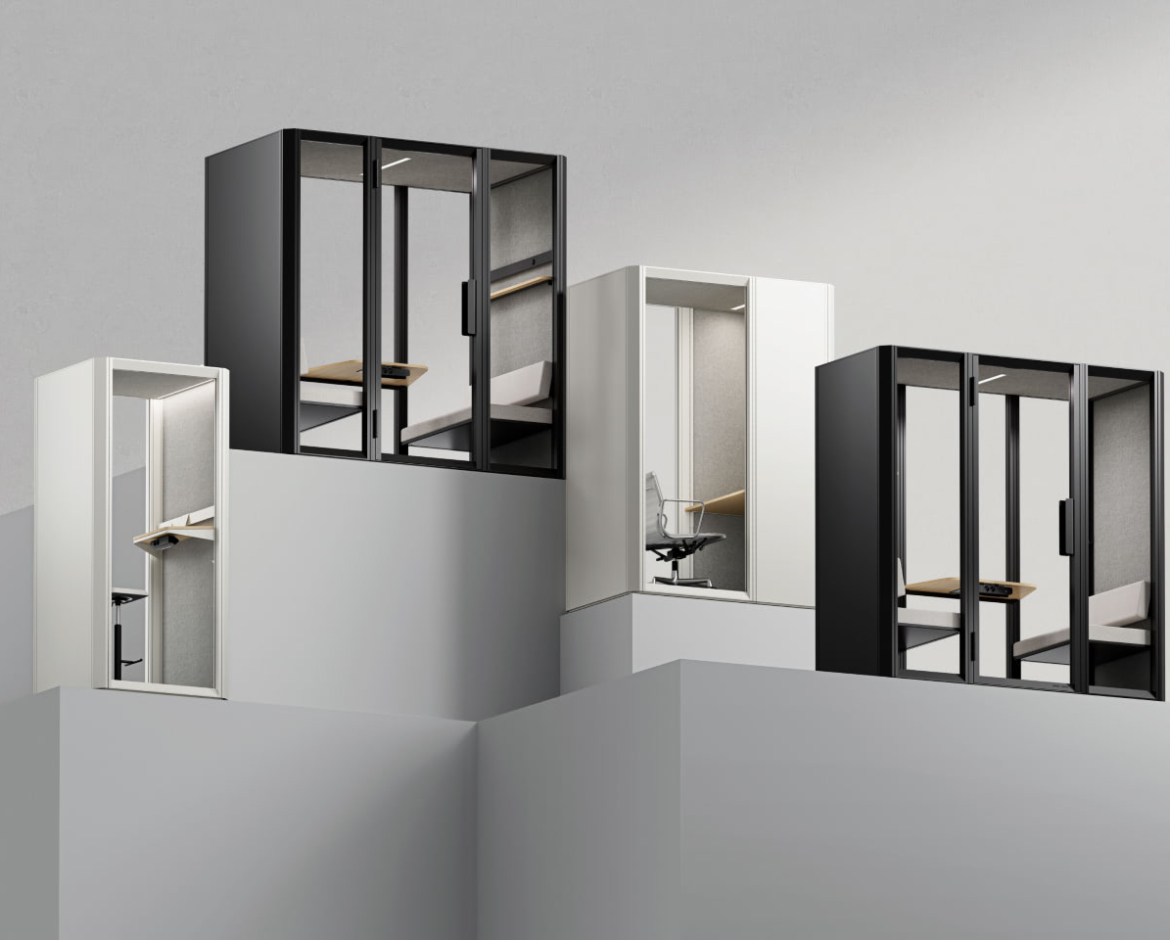The article below is part of “Mute’s Guide to Adaptable Office Architecture”, a comprehensive publication that will explore the origins, examples, and principles of the Adaptable Office Architecture trend.
The modern workplace has undergone a profound transformation in the last several years. Not only did the pandemic send millions of office workers home, but it also accelerated the trend of focusing more attention to well-being at work. The ever-evolving needs of employees and the dynamic nature of business operations have necessitated new ways of working—and ones that consider the health and contentment of employees as well as the productivity and cooperative needs of businesses.
Although the one hundred percent “home office” days of the pandemic seem to have ended, returning to the office is not as simple as just unlocking the doors. A new precedent has been set to make the office more comfortable and fitting for the varying tasks employees perform throughout the day. Offices need to be spaces that employees actually want to spend time in and that more closely mimic the freedom and choices they have at home.
Active-based working (ABW) is emerging as a popular model for workspace design. ABW acknowledges that employees require more than one work setting. As people perform varying tasks throughout the day, they benefit from the ability to work in a range of spaces. Therefore, when designing work areas within an office space, one needs to prioritize varying degrees of privacy and collaboration and, most importantly, facilitate different types of productivity. To support this model effectively, we believe that adaptable office architecture is the cornerstone to success and, as such, the future of work.
Activity-based working is a framework that recognizes that people perform a variety of tasks throughout the day. Employers should, therefore, offer employees a range of workspaces.
Also known as activity-based workspaces or activity-based work, activity-based working is a paradigm for office design that maintains that each day employees engage in a wide range of activities and should therefore be offered varying workspaces for each type of activity. In one day, most employees will move through a variety of solo work, collaborative teamwork, brainstorming (in groups or alone), virtual meetings, and informal, on-the-fly conversations. Ideally, each situation can take place in a space that best facilitates the task or activity at hand. Plus, not all employees work alike. People work better or worse depending on their personality, work style, and even the unique ways that their brain chemistries work. To get the most out of office environments, both in terms of collaboration with colleagues and in terms of focused work, employers must offer people a variety of workspaces. Activity-based working is all about allowing people to choose the work environment that fits them best in the moment and for the task in front of them. While some people need the buzz of a cafe, others prefer total silence and isolation, for example.
In the following article, we’ll cover the key principles of activity-based working.
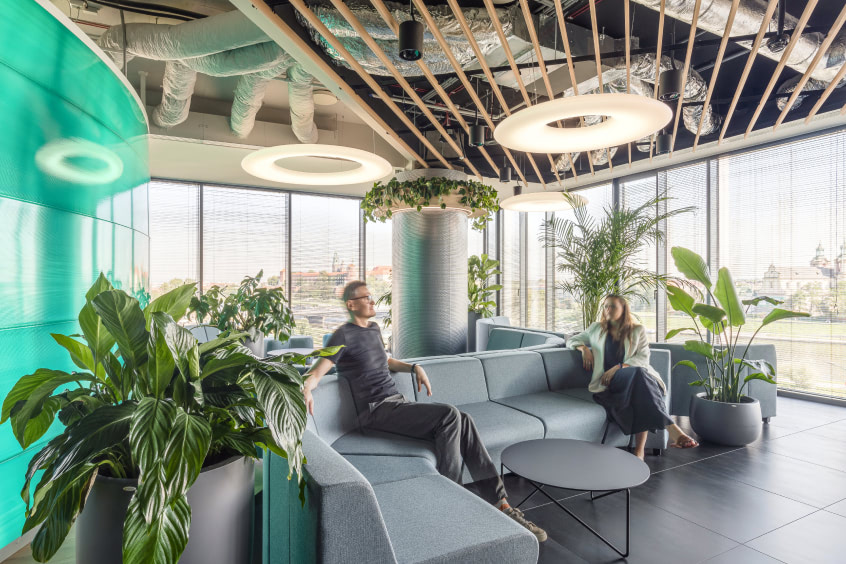
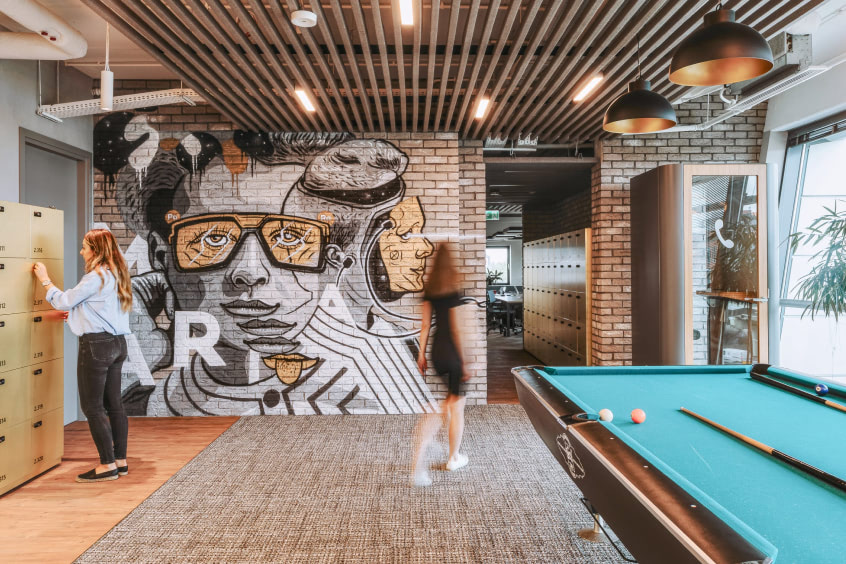
Key Principles of Activity-Based Working
1. “Fit the Task”
In today’s working environment, a one-size-fits-all workplace just won’t cut it. Employers need to provide a proper work environment for a wide variety of tasks, from focused work to collaboration to brainstorming to video calls. Workspaces that can match both tasks and personal work styles give employees the best chance at success and well-being. In turn, workers have more support and control over a wider range and more complex set of work tasks.
2. Employee Agency
To achieve their best results, people need to work in ways and in environments that fit them personally. Approaching office design with an eye towards personalization empowers employees to manage their own work environments. Employees also gain the freedom to choose where, when, and how they work based on their tasks, preferences, and work demands. This kind of employee agency is becoming increasingly important for retention and productivity. ABW fosters a sense of ownership, responsibility, and trust at work. Employees have the agency to determine how they work best, and employers can rest easy knowing that such empowerment drives the best results for the organization.
3. Well-Being
Especially important in today’s work environment is an emphasis on balance and well-being. A new report by Deloitte and Workplace Intelligence found that workplace well-being is floundering while highlighting that employers must consider employee well-being to retain talent and ensure long-term organizational success. According to the report, 60 percent of employees, 64 percent of managers, and 75 percent of the C-suite said they would seriously consider quitting for a job that better supports their well-being. The report, published in 2023, emphasizes a growing trend in prioritizing well-being, as these numbers reflect growth from last year. ABW asks us to reimagine the office as a place where well-being and productivity can coexist. Workspaces that foster physical and mental comfort can, therefore, strengthen the longevity and productivity of organizations.

